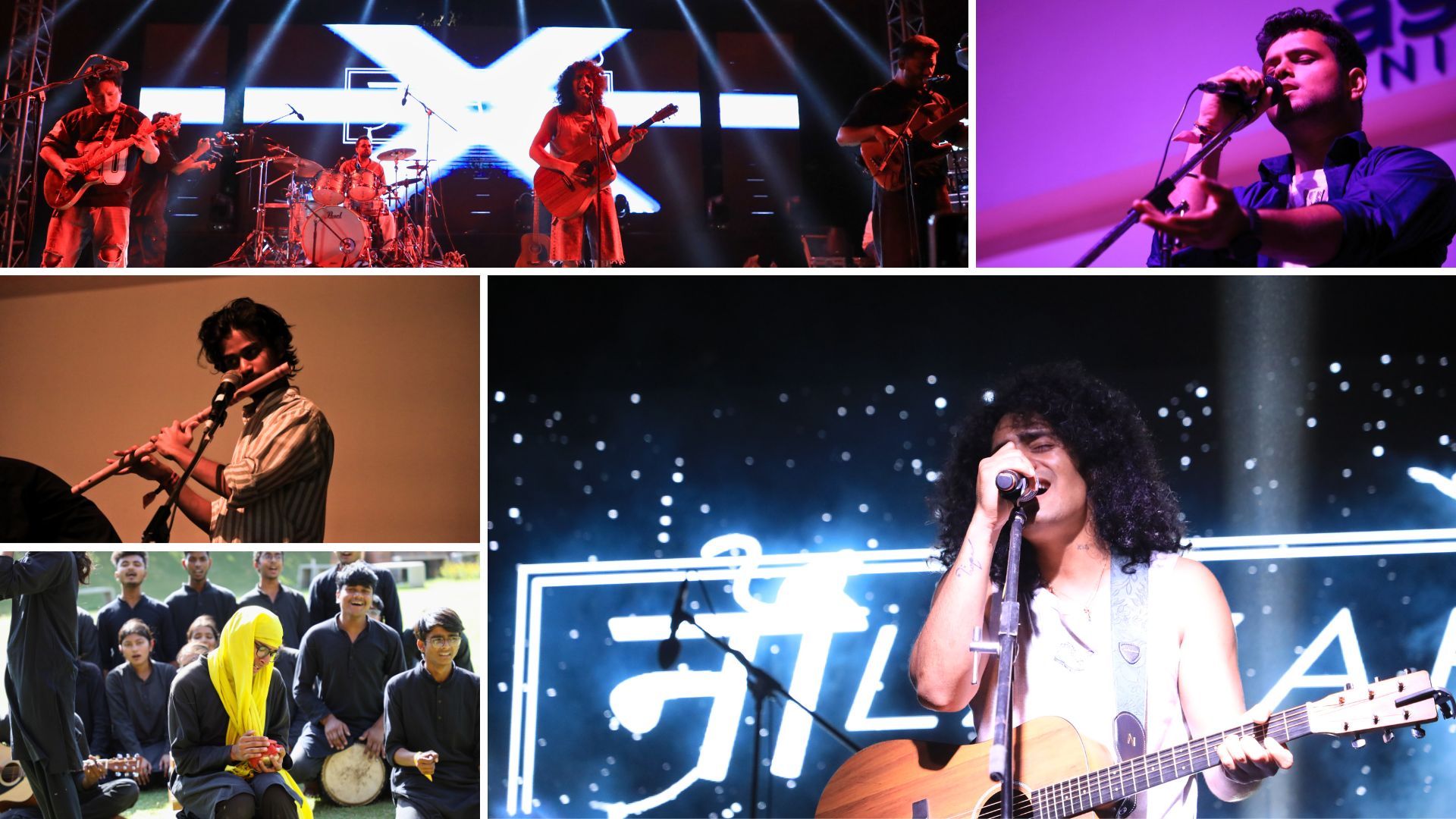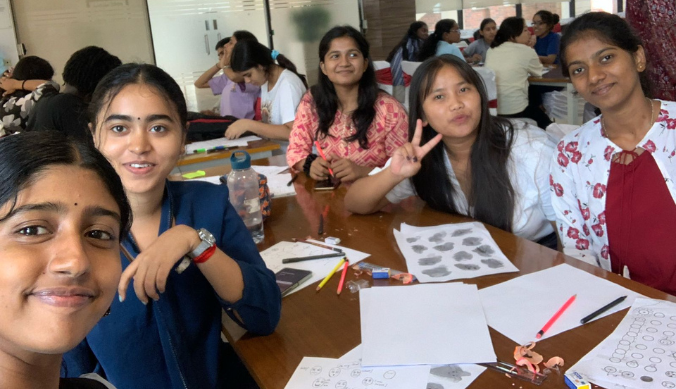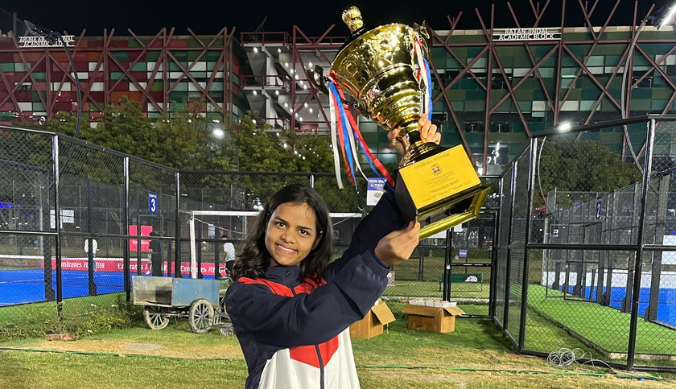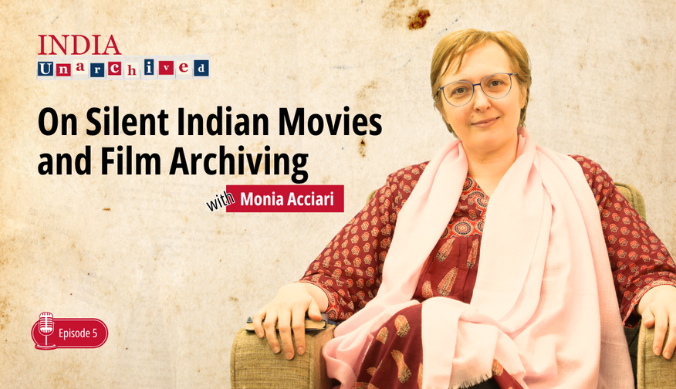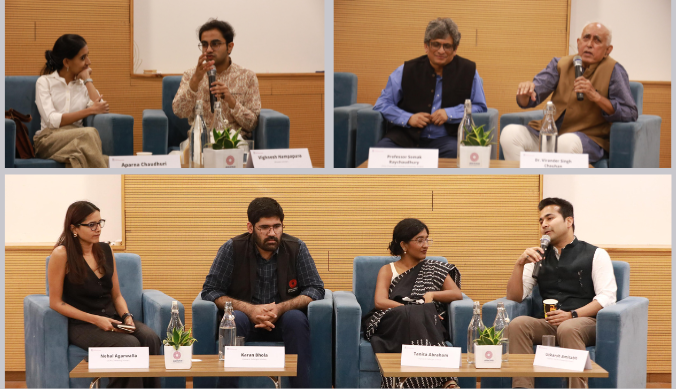From Classroom to Cosmos: Esha Sajjanhar’s Quest to Decode Galactic Mysteries
ASP Student Esha Sajjanhar shares her inspiring journey from her early fascination with telescopes at Ashoka University to her much-anticipated research on active galactic nuclei with the VLBA.
Esha Sajjanhar is a fourth-year student at Ashoka where she is pursuing an advanced major in Physics with a minor in Astronomy. She is currently working with Professor Dipankar Bhattacharya on studying the low-mass X-ray binary GX339-4. Her research involves characterising its X-ray variability using data from the Indian satellite AstroSat. She is also interested in studying supermassive black holes at the centres of galaxies.
Let’s dive into our conversation with Esha about her recent achievement – securing observation time on the Very Long Baseline Array (VLBA), a network of ten observing stations spread across the United States.

Many of us dream of exploring the cosmos, imagining what it would be like to be astronauts. How does it feel to explore the mysteries of outer space from right here on Earth and live the dream in your own unique way? How did your interest in astronomy and astrophysics begin?
I became interested in astronomy when I learned about the work done by observational astronomers through talks and colloquia at Ashoka. I then had the opportunity to work with a telescope in the lab, and I found that I really enjoyed both working with and learning about telescopes. Since astronomers are almost entirely dependent on light from the sky, they use some fascinating techniques to characterise this light and use its properties to understand its sources. I am incredibly interested in these techniques, and it is this interest which led me to pursue astronomy. It is very exciting to have the opportunity to use a major telescope to observe an object of interest to me and to learn more about it. I am very grateful for the chance to contribute to the scientific understanding of this source.
What inspired you to participate in the Visiting Students’ Research Programme at the National Centre for Radio Astrophysics? How did Ashoka University support or influence your journey in this project?
My first introduction to radio astronomy was through the astronomy lab at Ashoka. Last summer, I was one of six students who worked as research interns at the lab under Professor Dipankar Bhattacharya and Philip Cherian. I worked with a horn antenna radio telescope that was built for the lab by Pradip Chaudhri, the senior laboratory technician. We worked on designing a new experiment involving this horn antenna for the introductory astronomy lab course. It was really interesting work and left me very eager to learn more about radio astronomy. I then participated in a winter school on Radio Astronomy organised jointly by the National Centre for Radio Astrophysics (NCRA) and the Inter-University Centre for Astronomy and Astrophysics (IUCAA) last year. As part of the school, I had the opportunity to attend lectures given by leading radio astronomers and learn more about their work. I also got to work on hands-on experiments in the labs at NCRA and IUCAA. I enjoyed working at NCRA and took the opportunity to apply to their Visiting Students’ Research Programme (VSRP). Throughout this process, the support and encouragement of the Ashoka Physics Department was crucial.
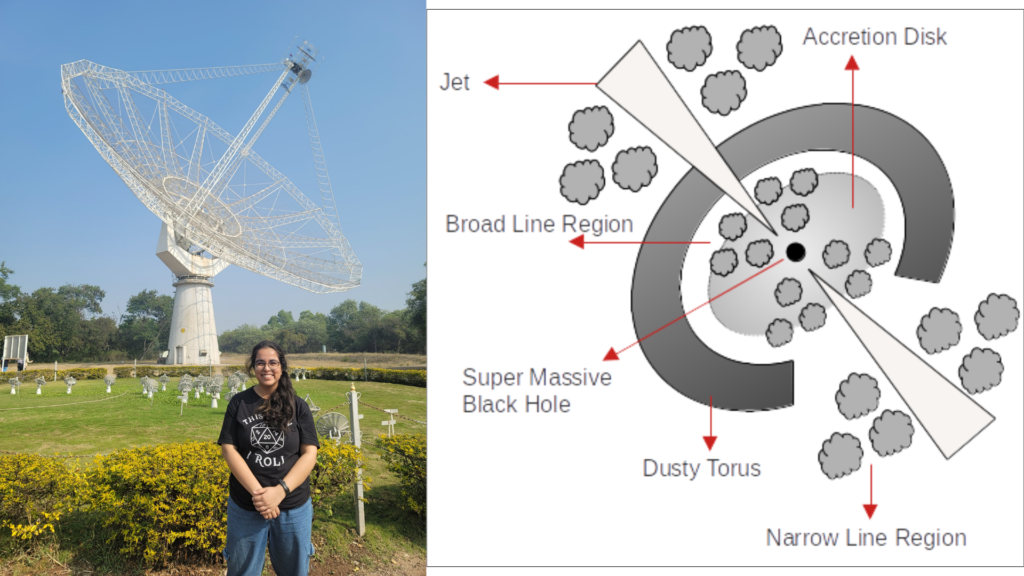
What led you to propose observations using the VLBA for studying NGC 3516? What makes this galaxy particularly fascinating or significant to you?
At NCRA, I worked with Dr Preeti Kharb and her PhD student, Salmoli Ghosh. We were studying NGC 3516 which is an active galaxy with small-scale radio jets. This means that it has an accreting black hole at its centre, and there are jet-like outflows emanating from the black hole (known as an Active Galactic Nucleus or AGN). We call them ‘radio’ jets simply because we observe them using radio wavelengths. The schematic shows these structures in more detail. Such objects are of great astronomical interest, and their studies have consequences for our understanding of the evolution of galaxies. NGC 3516 has a very distinct S-shape in both optical and radio images, and we were interested in the relationship between the structures seen in these wavelengths. We thus started by studying the structure of the jets, but soon found ourselves interested in the time variability of the galactic centre. We noticed some interesting trends, but we needed more data to make conclusive claims. This led me to propose for time on the Very Long Baseline Array (VLBA) which is a radio telescope composed of 10 antennas spread out across the US such that the largest distance between two antennas is around 8,600 km. This makes it one of the most powerful radio telescopes in the world, capable of resolving small-scale structures.
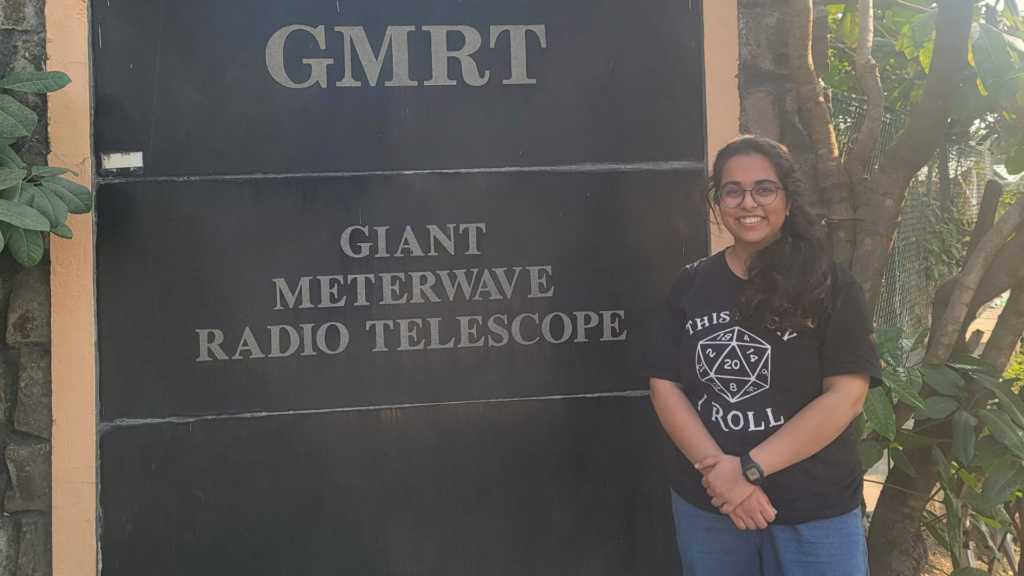
Now that your proposal has been awarded telescope time on the VLBA, what are your hopes and plans for the upcoming observations in the 2025A semester? What do you wish to uncover during this period?
Our proposal has been awarded the full requested 18 hours of observing time on the VLBA. I hope that this observation allows us to better understand the behaviour of our source. We believe that there could be a new radio jet that had been ejected from the AGN core at the same time as changes were observed in other wavelengths. These observations will allow us to ascertain whether this is the case. The ejection of a new jet component would be a very interesting result and would have important consequences for our understanding of this source. It would also help us make a case for radio monitoring of highly variable sources. NGC 3516, for instance, is already monitored using other wavelengths, but there are few existing radio observations.
What advice would you share for students aspiring to work on similar research projects?
A task like writing a scientific proposal can seem pretty intimidating at first. As an undergraduate student, it is daunting to get started on something like this. However, with some guidance and support, it’s definitely doable. Like many things in academia, it can seem intimidating until someone shows you the ropes. I was fortunate to have both Dr Kharb and Salmoli to guide me through the whole process and give feedback on all parts of my writing. I would recommend asking for help whenever you need it and getting loads of feedback from people more experienced than you at all stages. I would also recommend reading a lot and being very well-versed with your subject matter before you begin writing at all.
Study at Ashoka









